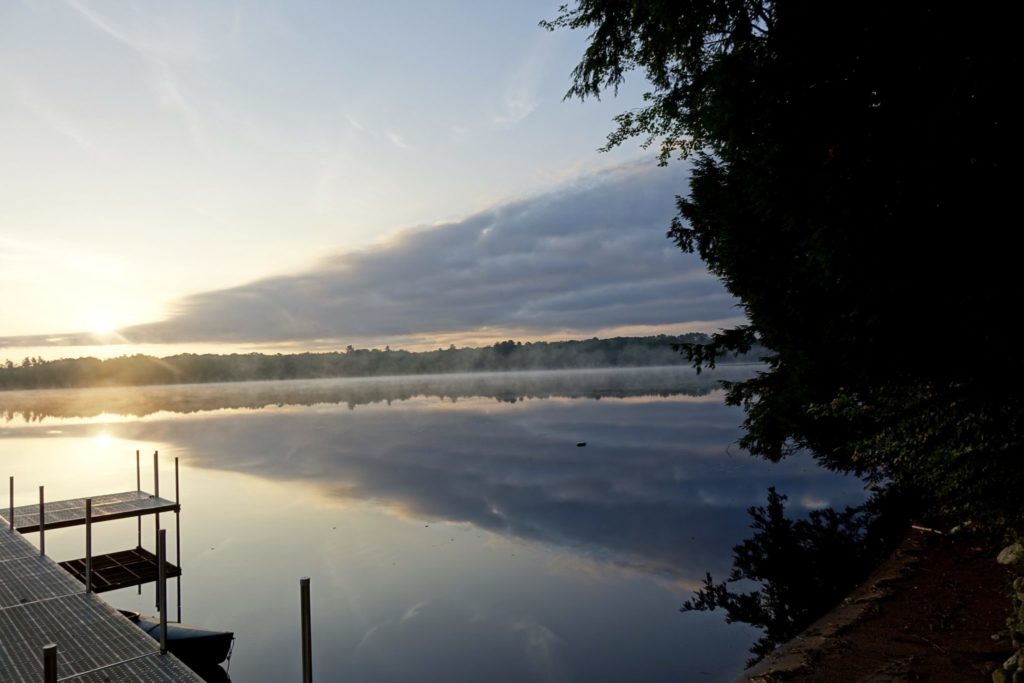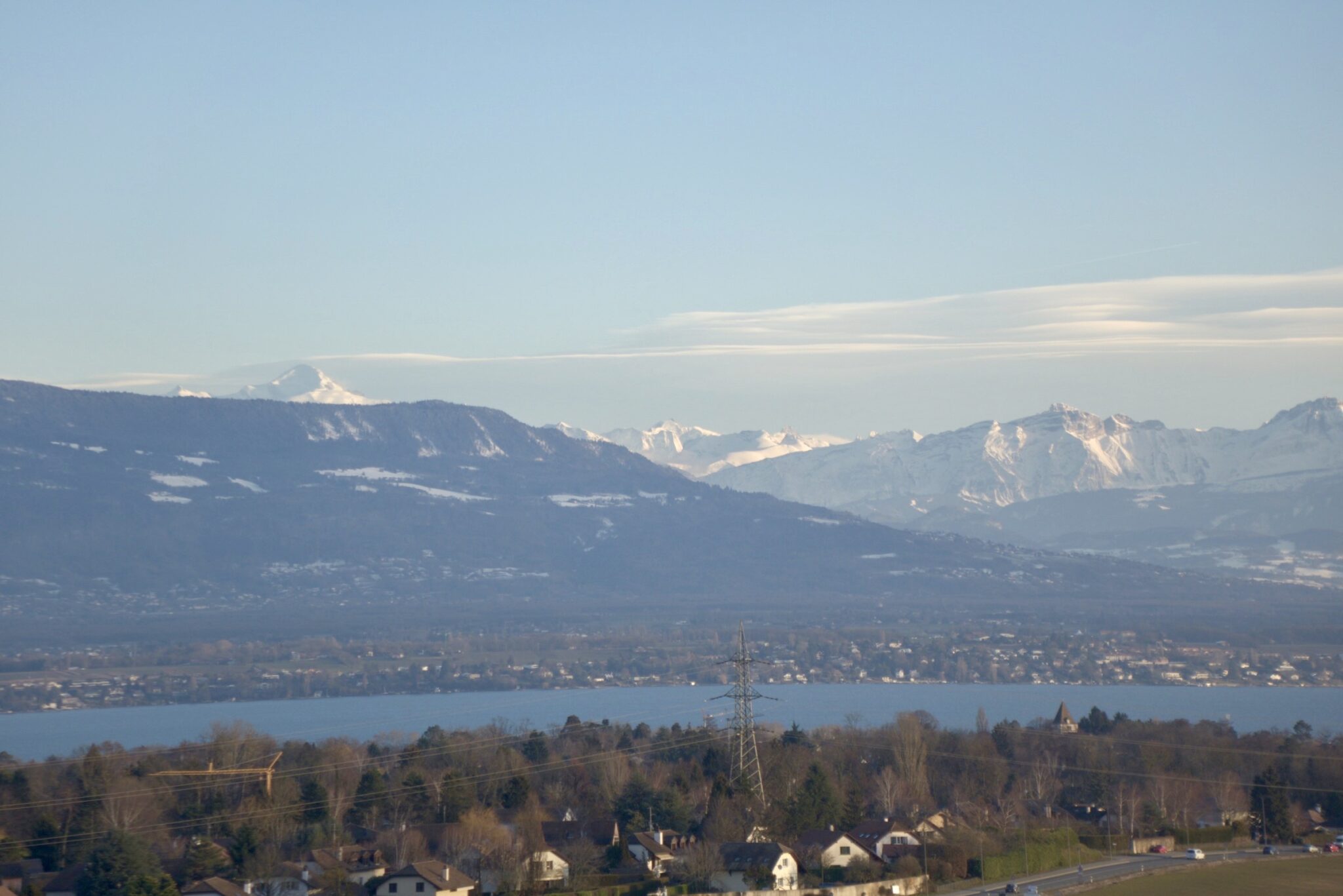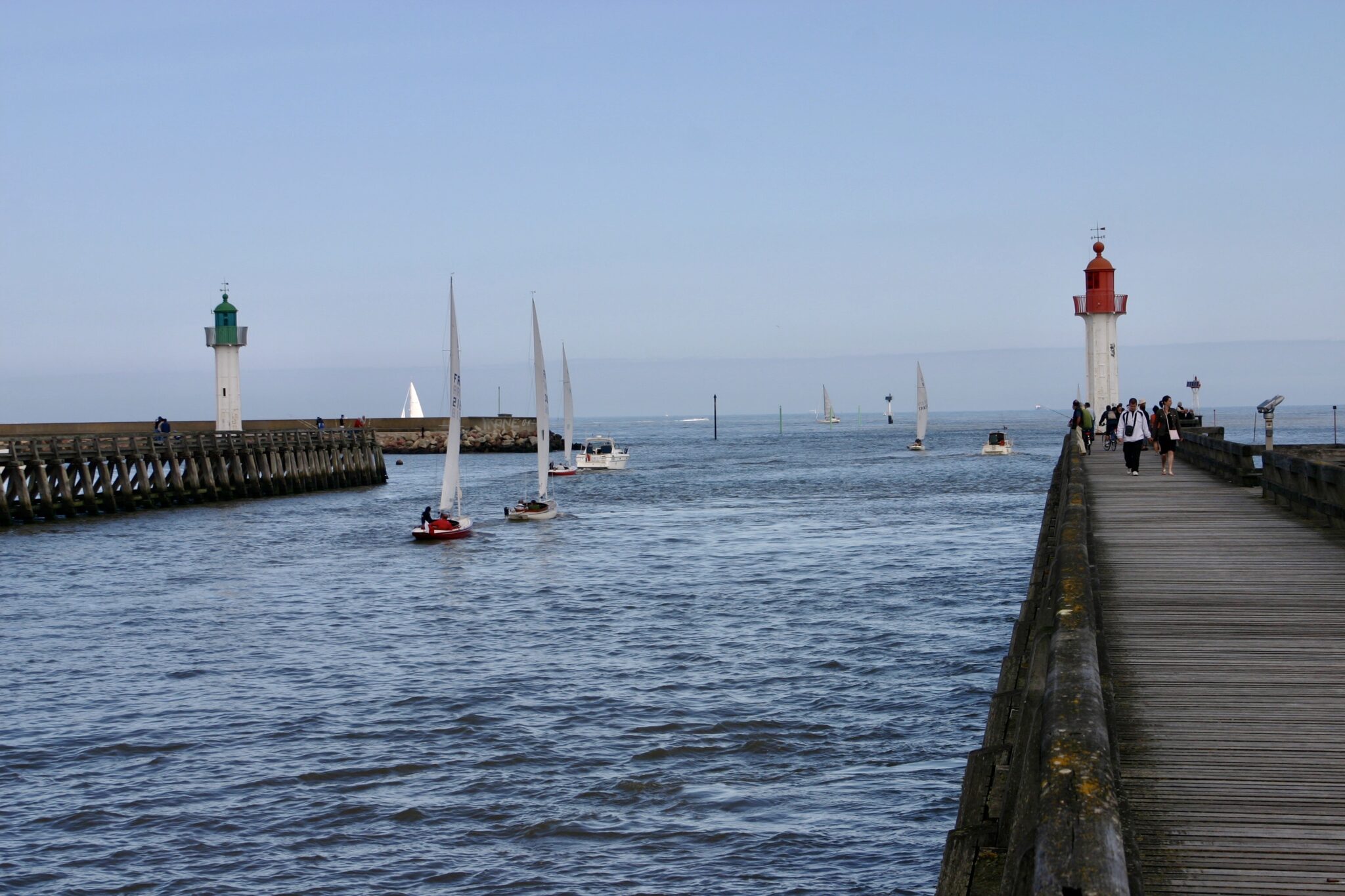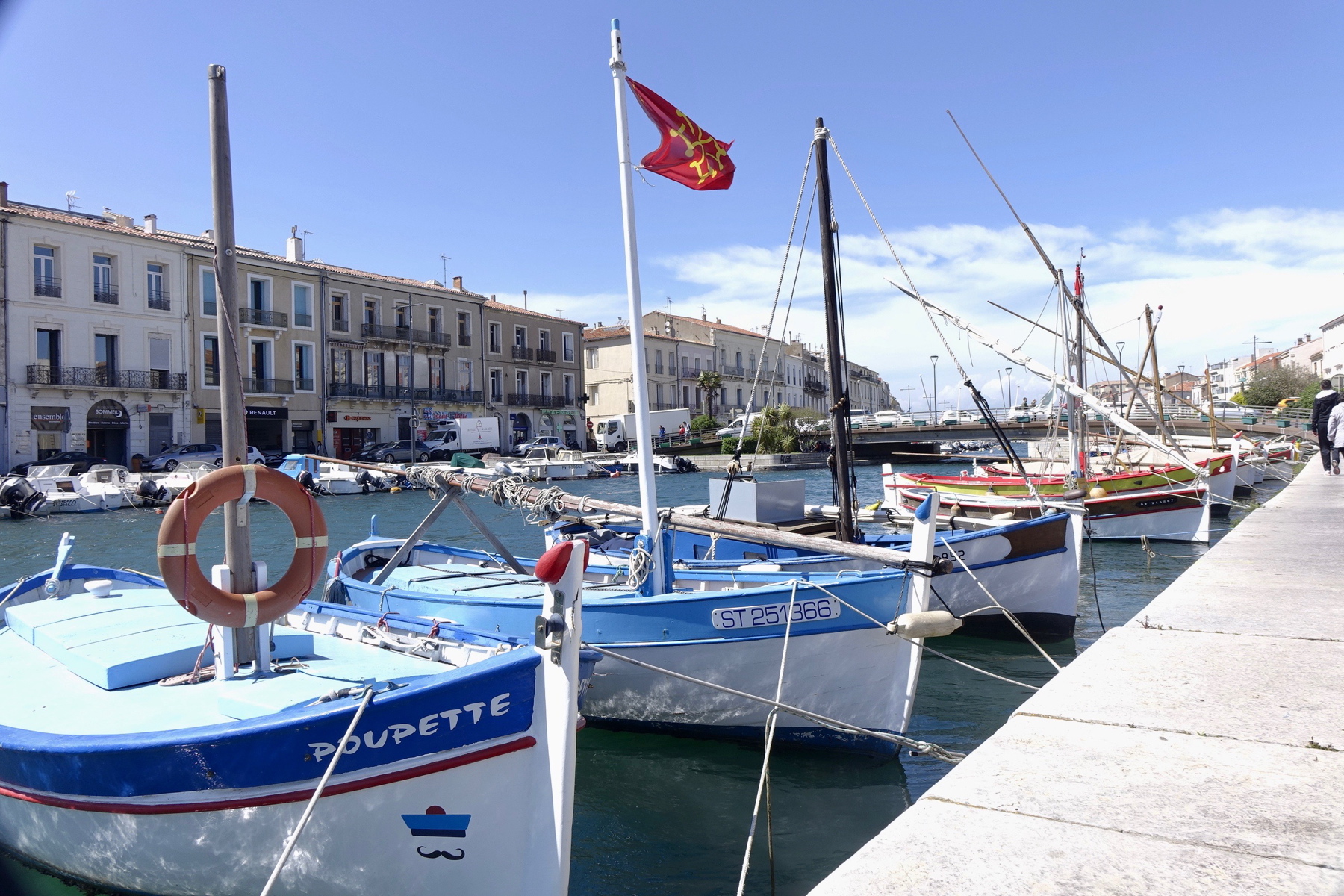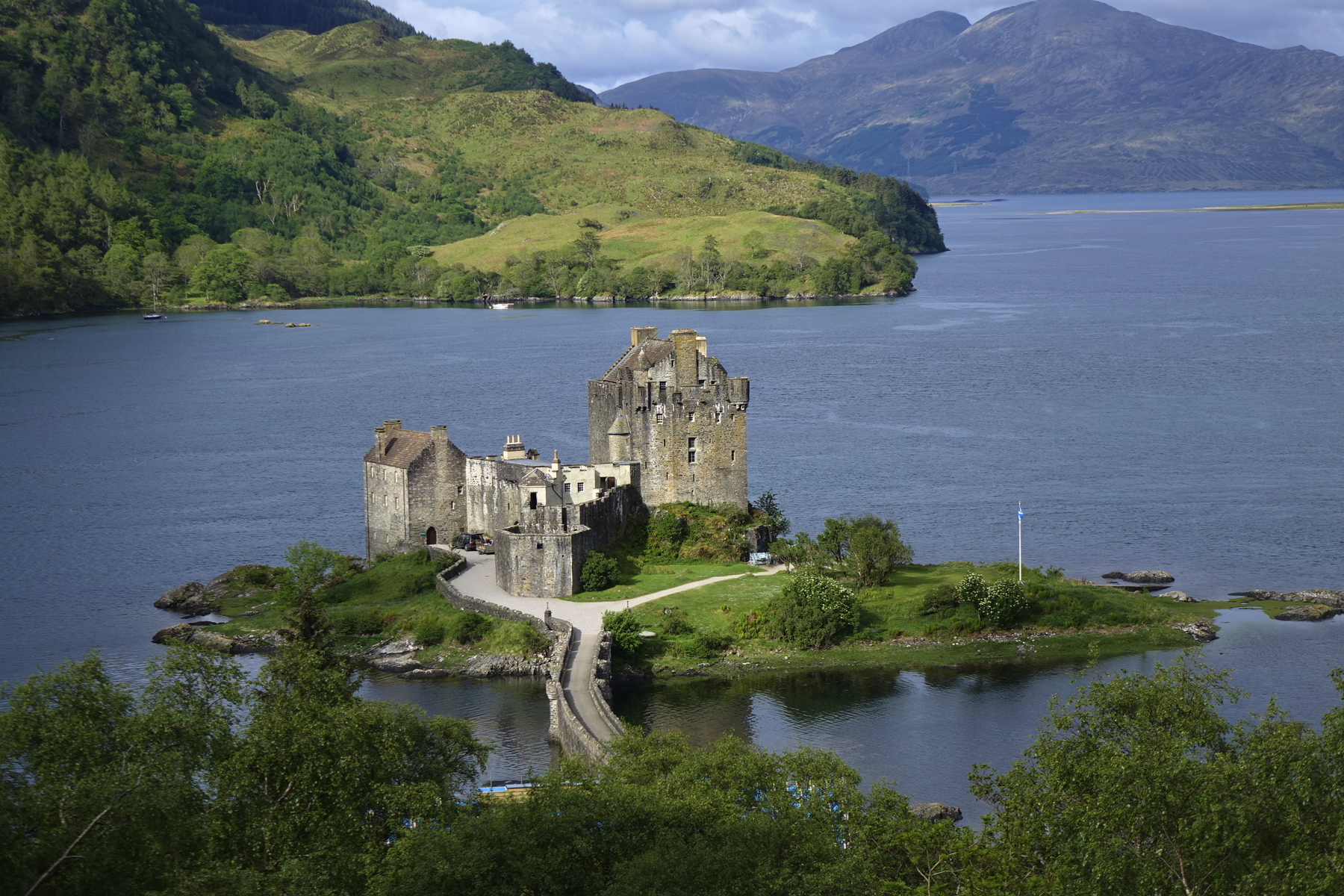 I am back. I missed my friends out in the global blogosphere. When I logged out before the holidays, I did not intend to be away so long, but s*** happens.
I am back. I missed my friends out in the global blogosphere. When I logged out before the holidays, I did not intend to be away so long, but s*** happens.
Especially when you have a bad back. I am only a sneeze away from a catastrophe. Some people who have never suffered from back pain, poo poo the idea that back pain can be so incapacitating, but once it happens to you, you know.
Was it one too many cross Atlantic flights, too many basketball road trips, too many holiday cookies, who knows? But due to a major flare up, I was out of commission. I struggled to endure my school day. Every free minute I wasn’t preparing lesson plans or school reports, I spent lying flat or in therapy – deep tissue massage, spinal adjustments, thermal baths.
Stretch, walk, teach, rest, repeat.
Take one crooked old spine and an arthritic neck, add two herniated lumbar disks, three compressed dorsal vertebrae, and what do you get? One heck of a backache! My body has undergone a lifetime of trauma. Bad back is an understatement. Yet if you look at me, except for the basketball player slouch, from ducking through too many low French doorways, you’d never know, how I struggle to remain upright and shuffling forward. For any of you who suffer from chronic back pain or an occasional flare up, I put together a few tried and true tips.
- Never jump out of bed – flop on the floor first and roll like a ball
- Stretch – at regular intervals. Legs against wall, arms stretched overhead in L shape for a full body stretch.
- Exercise – walk, swim, bike but avoid high impact sports.
- Avoid sitting
- Take rest breaks flat out – stash a yoga matt under the couch, in the kitchen, at the office
- When it hurts too much to stand upright, crawl (preferably on carpet,) to loosen the SI joint and hips
- Use heating pads, thermal baths, body pillows, heat lamps, cold packs
- Do whatever you can to keep mobile
- Then ice baby ice!
A lifetime of hard hits, accidents, and high intensity competitive sports has left me fragile, but I am not broken. As long as this ol’ heart keeps ticking, I will fight to put one foot in front of other. I have tried every alternate therapy out there to avoid undergoing the knife.
Why not opt for surgery? I have too many weak links. Do you know anyone moving around with a total spinal fusion?
Nooo, give me my chiropractors, masseurs, physical therapists. From all my research and experience this is one area where integrative medicine and non-surgical intervention have the best long-term results.
That said I am always looking for the newest, non-invasive cure all. Next summer, if I can save enough money, I may head back to Wisconsin to my all time favorite chiropractor to try deep tissue, heat laser therapy. He and his brother use this to treat elite athletes including those giant cheese heads in the green and yellow jerseys. Hey, if it is good enough for the Greenbay Packers, it may work for this crazy, headstrong gal who got sacked one too many times in the game of life.
What is your best trick for coping with a bad back?
